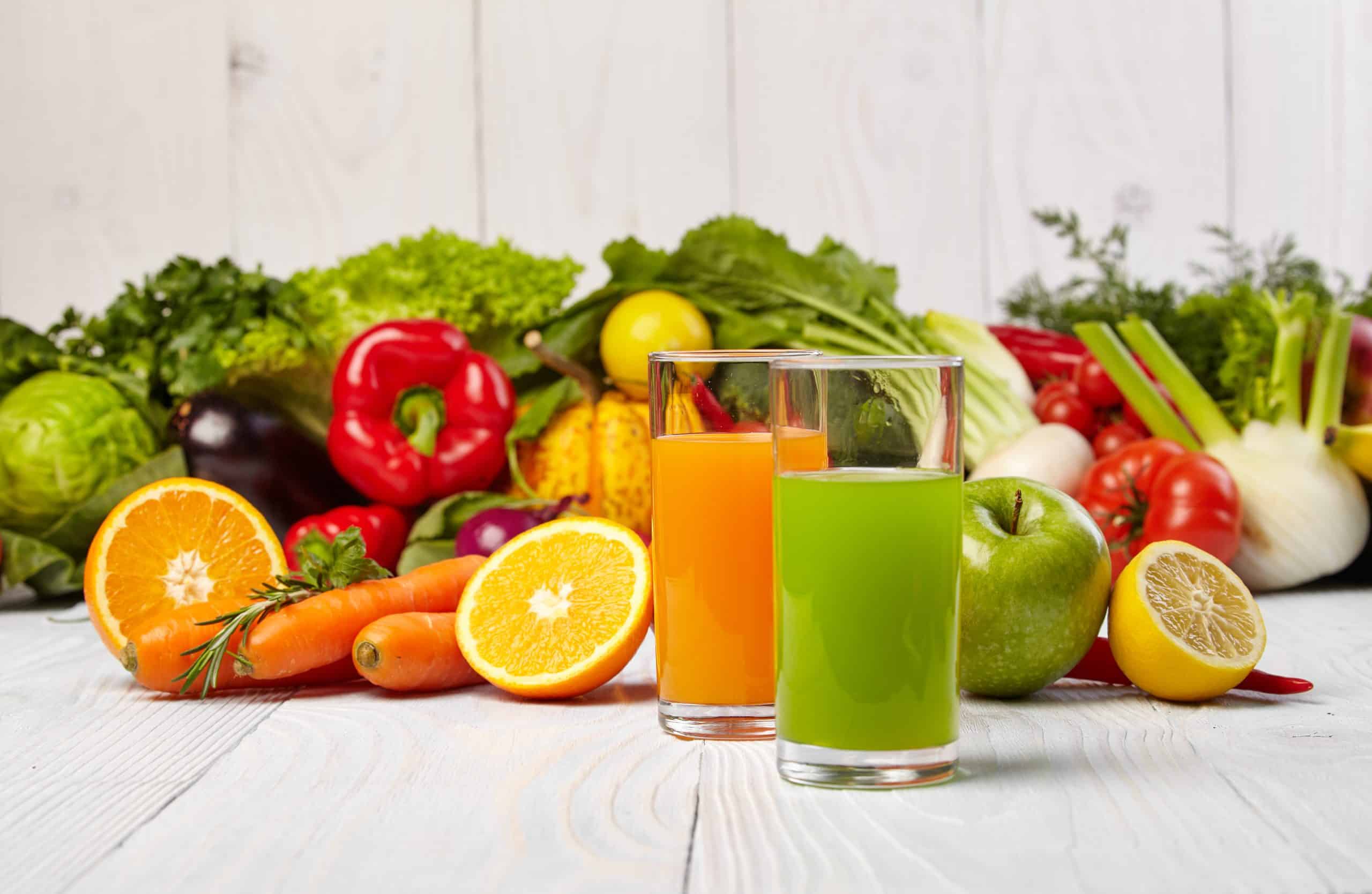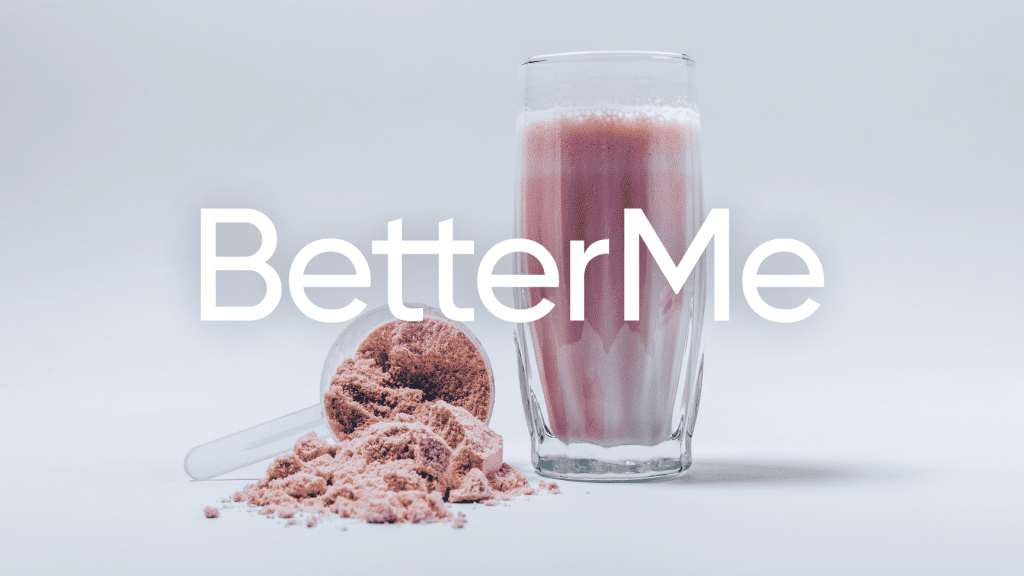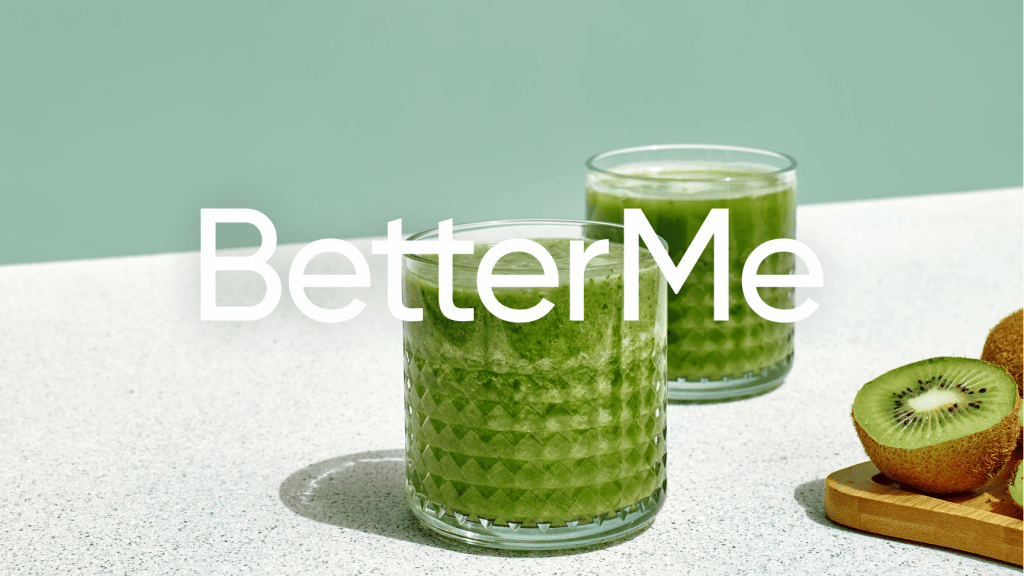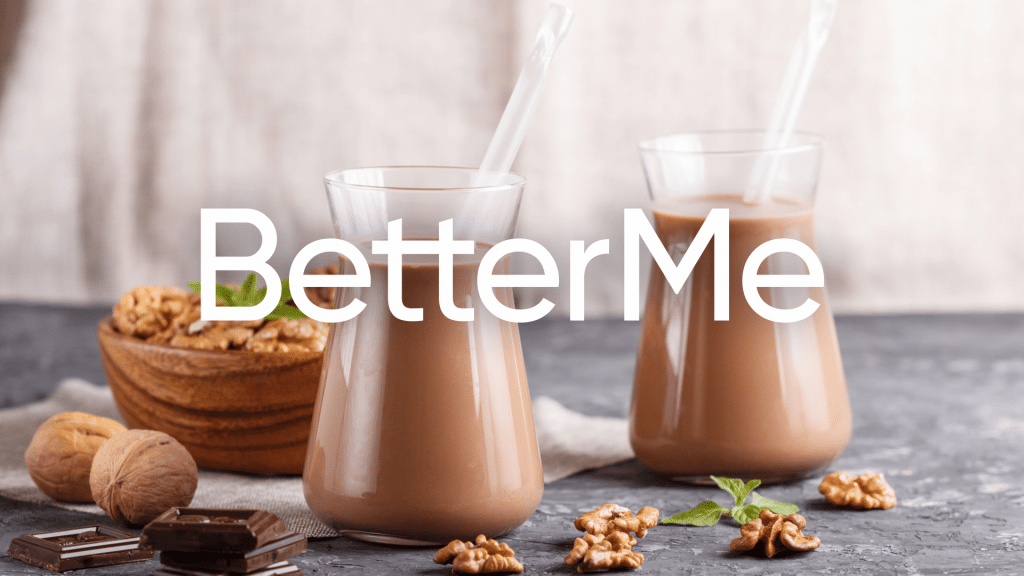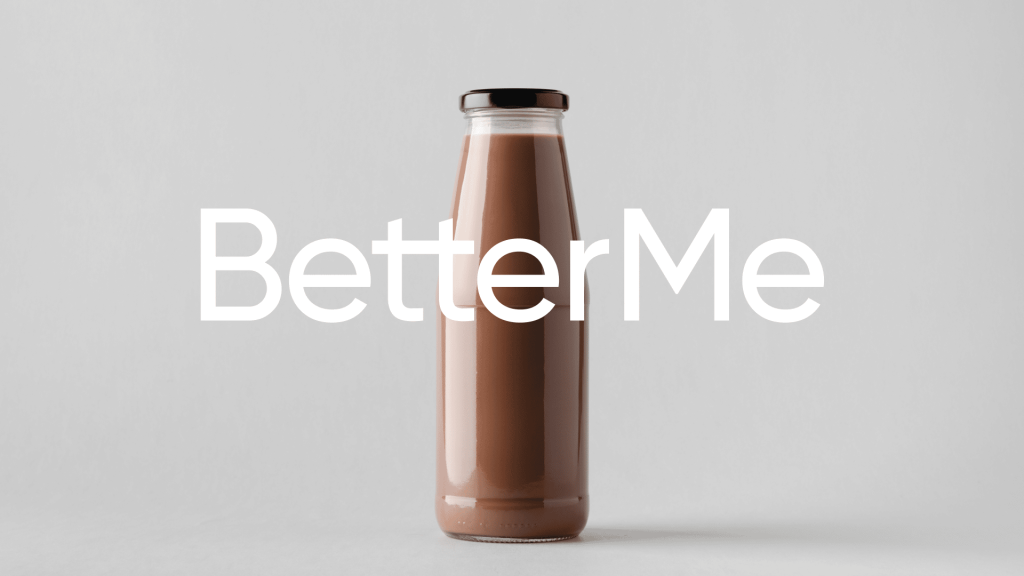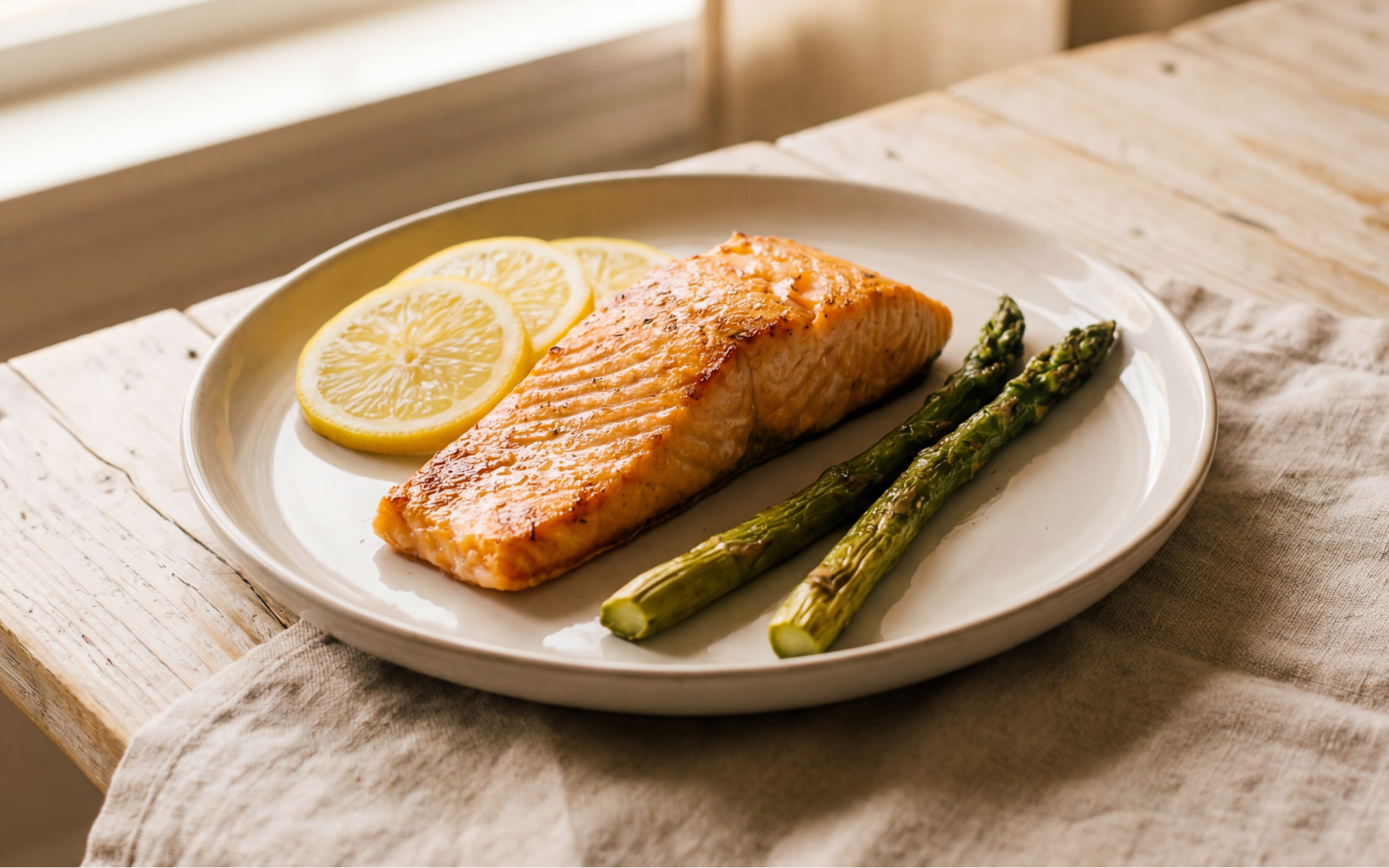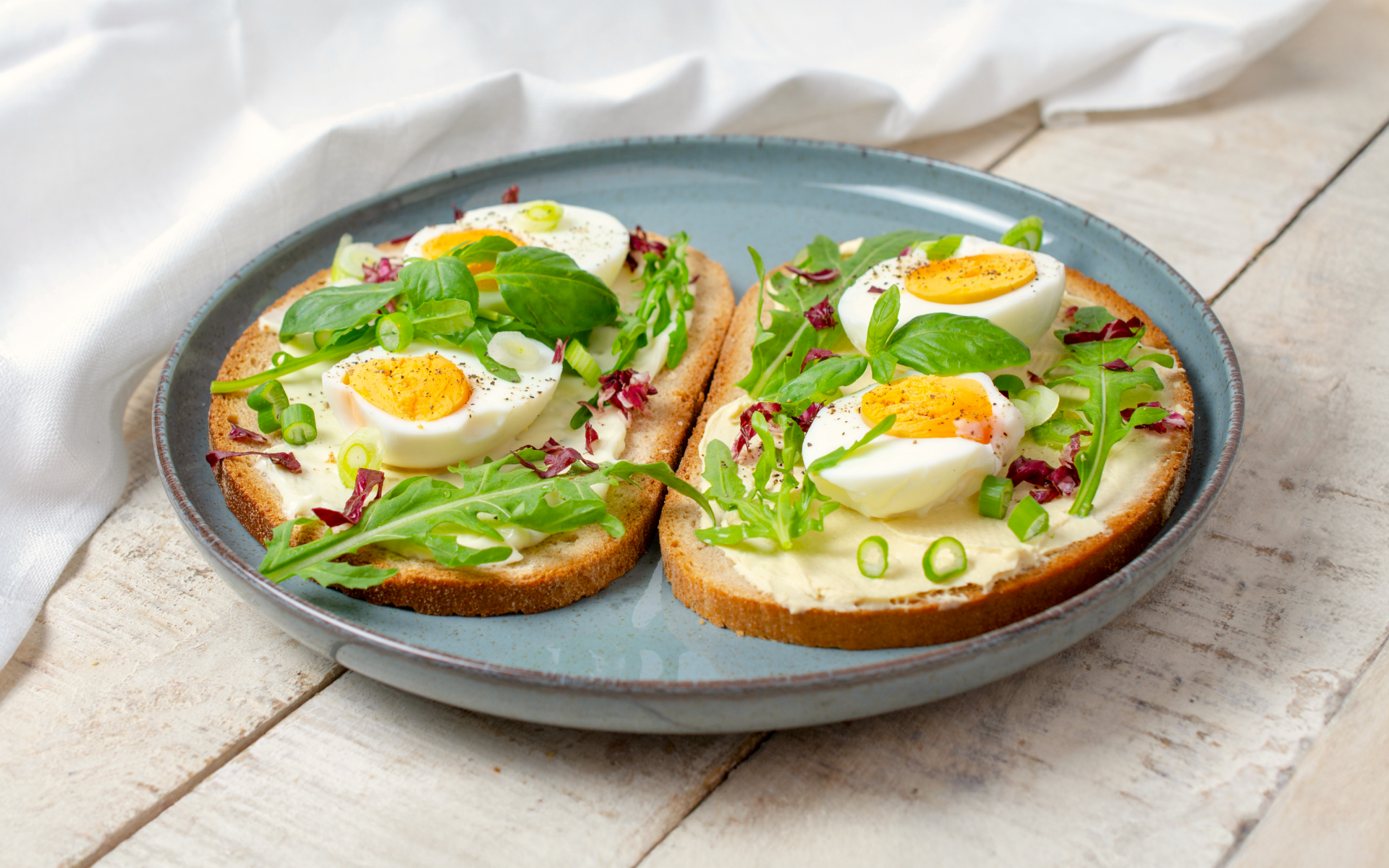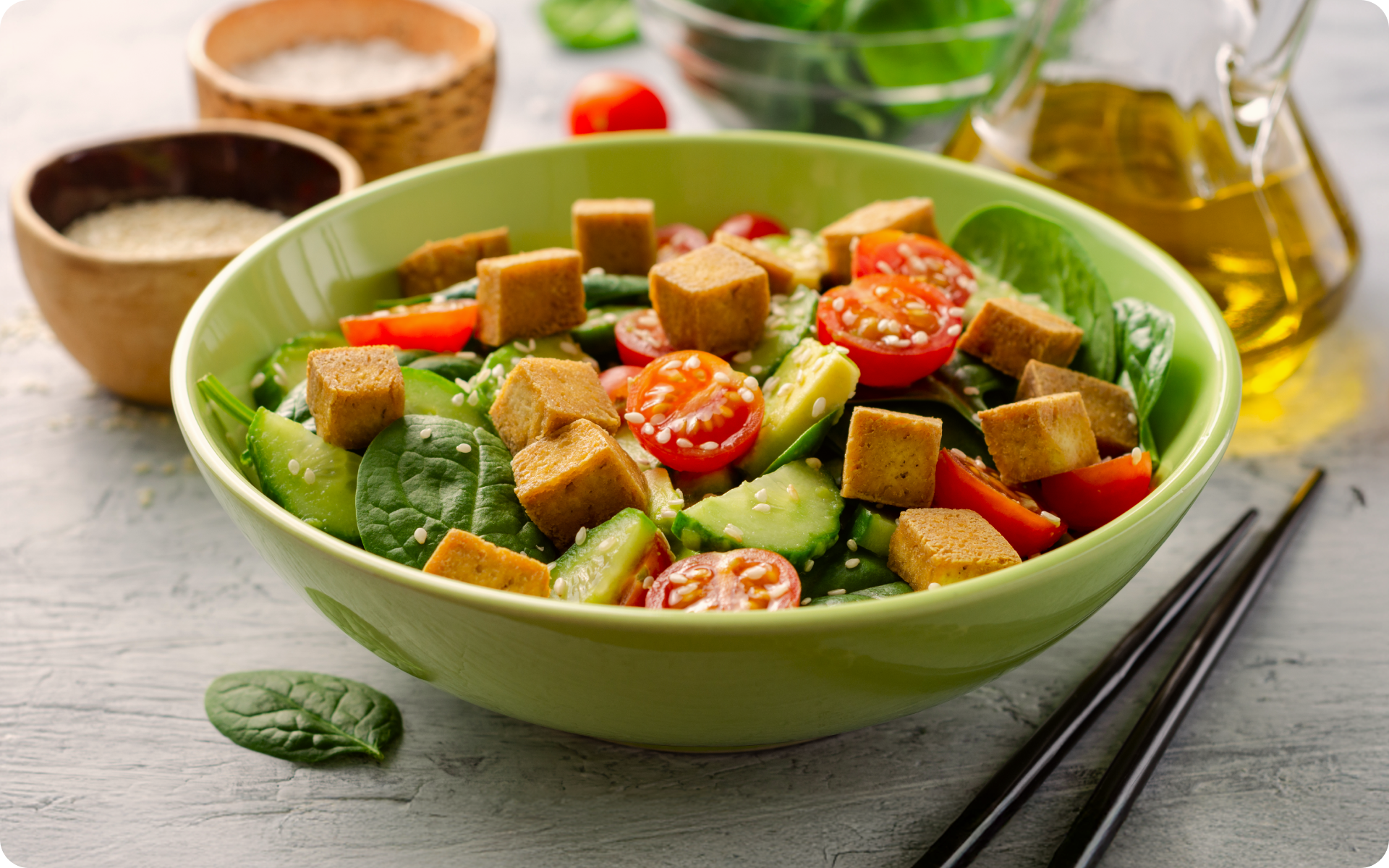There are different types of diets that people use for weight loss, good health maintenance, or certain medical procedure preparations. The point is that some of them can be used for a long time and some must only be short-term. Today we will touch upon one specific type of diet – the liquid one, which includes consuming food that is liquid or becomes a liquid at room temperature. This sort of diet consists of three subtypes: clear liquid diet, full liquid diet, and semi liquid diet. Most of the time they should only be used for a short time since their long-term usage can lead to adverse side effects. That said, there are cases where people face certain issues which require one of these diets for a longer period. In this article, you can learn about various liquid diet ideas that you may be required to follow for medical reasons, and liquid diet foods you should only consume for a short-term period.
What Can I Eat On A 3 Day Liquid Diet?
It is rather convenient for some people to get all or at least most of your calories from drinks. This is what a liquid diet means – a person avoids solid foods and only consumes liquids, such as juices, soups, and smoothies (depending on the diet type). Most people use it as a temporary measure and not a permanent nutritional strategy (4).
Despite that, it would be fair to highlight two common types of liquid diets:
- Clear liquid diet: is easier for the body to digest since you consume mostly transparent drinks, like coffee, tea, water, juice, ginger ale, non-pulp juices, or bone broth. Clear liquids provide some calories and electrolytes which means they nourish the body and prevent dehydration. Still, clear liquid diets are not safe for long-term use (2).
- Full liquid diet: you can consume everything from a clear liquid diet and add non-transparent liquids to it, like dairy, pudding, ice cream, shakes, or strained creamy soups (10). Even though this type is more nutritious, it is still not advisable to use it in the long term.
Now that you see the difference between these diets, we can talk about the 3-day liquid food plan. Sometimes this type of diet is prescribed short-term to either prepare for or recover from certain types of major surgery. Here we are going to concentrate more on full liquid foods since they nourish your body with beneficial nutrients. On the full liquid diet you can make solid food liquid-friendly by straining, thinning, melting or pureeing veggies, fruits, cheese, or even meat (9).
Read More: 30-Day Liquid Diet Weight Loss Plan: How Effective Is It?
3-Day Liquid Diet Schedule
Let’s move on to the 3-day liquid diet schedule, which presupposes a more constant food intake. On average, try to consume a mix of food (breakfast, lunch, and dinner) at least six times per day (3). Here are some ideas of what to eat on a liquid diet for three days.
Breakfast
- 1 cup of fruit or vegetable juice without pulp
- 1 cup of strained cereal with whole milk
Snack
- ½ cup custard-style yogurt
- ½ cup dietary supplement beverage
Lunch
- 2 cups of strained or pureed soup
- 1 cup of smoothie
Snack
- 1 cup of non-pulp fruit juice
- 1 cup of pudding
Dinner
- 2 cups of strained or pureed soup
- 1 cup of Greek yogurt mixed with blended cottage cheese
- 1 cup of coffee or tea
Snack
- ½ cup dietary supplement beverage
- 1 popsicle
Among other products you are allowed to consume during the full liquid diet are:
- Vegetables: Do not consume mashed potatoes and other types of vegetable mash as you normally would but instead eat them thinned. Blend veggies with butter, gravy, or sauces, season to taste, and thin them with water or broth. They should be as thick as a smoothie.
- Milk: Milk and lactose-free alternatives are approved. You can drink it by itself or add it to smoothies. Powdered milk can be used with cereals, eggs, and soups to raise protein levels.
- Protein: Meat is allowed on a full liquid diet as long as it is pureed, thinned and strained so that looks like baby food. Mix it with milk and enjoy strained meat.
- Dessert: Desserts that melt at room temperature are approved for a liquid diet. Ice cream, popsicles, custard, milkshakes, and pudding can be added to your full liquid diet. Make sure there are no nuts, candies, or any other hard pieces.
Obviously, the range of liquid meals is broad but it is still difficult to get all your essential nutrients, which is why most people include some type of liquid supplement. Don’t forget to stay hydrated. Consume at least 7 glasses of water per day.
Looking for a way to break the vicious cycle of weight loss and tone up all the jiggly parts? Watch the extra pounds fly off and your muscles firm up with the BetterMe app!
Can You Lose Weight On A Liquid Diet?
People usually choose these sorts of diets for one major reason – it is medically necessary. In some cases, surgeons prescribe a liquid diet for a week or so before a risky surgery if a person is obese. Liquid diet weight loss can work because it gives you fewer calories than you use. They’re also used briefly when recovering from certain types of surgery and can be beneficial if it’s hard for you to chew food (7).
However, any weight loss results might not last long because when you drastically cut calories, your metabolism slows to save energy (7). Moreover, you can end up gaining back more weight after the liquid diet. It’s not recommended to follow a liquid diet unless medically necessary in the short-term.
If you are trying to lose weight, consuming a healthy balanced diet is the way to go. But you should also give some thought to the beverages you consume as well. The point is that people consider drinks harmless low-calorie food. In real life, it doesn’t work like that. Among the most caloric drinks are
- Fruit juice: orange or apple juice is healthy but calories here come from sugar mostly.
- Energy drinks and protein shakes: Some protein shakes and energy drinks have around 200 calories in some brands (6).
- Alcohol: Being a source of empty calories, alcohol is not recommended to replace food. A high sugar level inside of some types of alcohol and/or mixers will end up as extra weight.
- Diet drinks: Diet soda and other low-calorie beverages can give you fewer calories but this is another side of the spectrum here. According to some experts, there is no nutrition in these beverages. Therefore, the hormones that contribute to hunger aren’t turned off by these beverages, so you still feel hungry and consume more food.
Clearly, choosing high-caloric drinks is not a good option for weight loss. You can substitute these beverages with simpler and healthier ones, like water, herbal tea, seltzer, or club soda. You can also prepare protein smoothies with milk and fill your body with beneficial minerals and vitamins.
Can I Eat Scrambled Eggs On A Liquid Diet?
As far as we understand, any liquid diet presupposes eating only liquid food. Much of the time you might not get enough vitamins and minerals while sticking to this diet (3). In this case, you should add as many sources of protein and fat to your liquid meals as possible. Besides being a great source of protein, eggs have a lot of other benefits:
- They may help improve eye health which is good news for people who can’t bear eating carrots.
- They are a good source of nutrients during pregnancy.
- They include necessary vitamins, like vitamin A, folates, iron, selenium, vitamin B, calcium, and phosphorus (5).
Therefore, it is important to include eggs in liquid diet recipes. Even though you can’t consume scrambled eggs you can experiment a bit and create delicious smoothies with them.
Egg Smoothie (8)
Here is a healthy egg smoothie you can enjoy during the liquid fast:
Ingredients:
- 1 egg
- 1 banana
- ⅓ cup plain or Greek yogurt
- Honey (optional)
- 1 Teaspoon of protein powder
Instructions:
- Chop a banana and toss in the container
- Crack an egg into the blender
- Add yogurt, powder, and honey
- Blend all the ingredients until they become smooth
- Pour a healthy smoothie in a glass
| Calories | Carbs | Fat | Protein |
|---|---|---|---|
| 160 | 15g | 1g | 13g |
This liquid diet recipe is your nutritious choice to tackle your day and keep you satiated for a long period of time. You can drink this smoothie for breakfast, lunch, or dinner. Instead of one egg, you can crack in two eggs if you desire to fill your body with more protein. It is all up to you. Make sure to use pasteurized eggs and store them properly. If you are pregnant or immunocompromised, do not consume raw eggs.
Read More: 7-Day Liquid Diet Weight Loss Results: Should You Go On This Diet?
What Soups Can I Eat On A Clear Liquid Diet?
A clear liquid diet consists of clear liquids, such as water, fruit juices without pulp, tea or coffee, carbonated drinks, honey or sugar, etc (1). As a result of this diet your body maintains hydration, provides essential electrolytes, and it provides some energy.
Don’t get frustrated thinking that there is no food variety here. The thing is that even though clear liquid diet ideas can be more restricted compared to a full liquid diet, you may still enjoy a few delicious soups. And luckily you shouldn’t need to follow a clear liquid diet for very long.
Be aware that you are not allowed to consume cream soups. Instead, opt for chicken or beef broths. Also, some people can prepare chicken bone broth which is also a good option.
Here we are going to discover one clear liquid diet soup recipe that you can prepare before or after a certain medical procedure.
Chicken Broth (8)
The main advantage of this clear soup recipe lies in the nutrients you get afterward.
Ingredients:
- Chicken meat
- Water
- 1 carrot
- 3 potatoes
Instructions:
- Soak the meat in the water for 1 hour, so it gets rid of blood and impurities.
- Add meat to a pot with cold water and boil it for 1 minute.
- Take out the meat and rinse it under water.
- Pour cold water into another pot and throw the rinsed meat inside.
- Chop the veggies and add them to the meat.
- Let the water boil for 1 minute with the ingredients.
- Turn the stove down a little bit and let the soup simmer with a lid on for 30-35 minutes.
- Strain soup when ready and enjoy.
| Calories | Carbs | Fat | Protein |
|---|---|---|---|
| 20 | 1g | 1g | 1g |
You should be aware that clear broths have a small number of nutrients and calories. Therefore, you might feel dizzy and weak if broth is all you are eating. You can consume ice pops, gelatin, or clear candies for dessert in order to get satiated more.
You shouldn’t use this diet for more than a few days because a clear liquid diet can’t provide your body with adequate calories and nutrients (1). Be sure to follow your doctor’s advice.
If you tend to let yourself off the hook, raise the white flag when things get tougher than you expected, send yourself on an unconscious binge-eating trip – BetterMe app is here to help you leave all of these sabotaging habits in the past!
Why Would Someone Be Put On A Liquid Diet?
The point is that doctors prescribe liquid diets for a short period of time when patients face medical issues. Here are the situations when people are advised to follow a liquid diet:
- When a person loses some amount of teeth or all teeth.
- When someone breaks bones in the jaw or mouth.
- When a patient recovers from pancreatitis.
- When a person follows weight loss surgery.
- When the patient follows a dental or oral surgery. Usually, it is hard and painful to chew after them. Therefore, liquids are the best food here.
- After a person had gastrointestinal surgery.
- When a person has a digestive disease.
There are people who switch to liquid meals in order to lose weight. In this case, a liquid diet is not a good option since you are not getting enough nutrients, you lose muscle strength, and once you switch to solid food again you can regain your weight or even gain extra kilos.
Doctors do not recommend highly restrictive diets as a means of weight loss and never prescribe them to patients unless medically necessary. However, even if you made up your mind to try this diet to cut calories then head to the registered dietitian who can prescribe you healthier non-harmful meals.
What Can You Eat On A Semi-Liquid Diet?
Compared to a full and clear liquid diet, a semi-liquid diet proposes a greater variety of meals. Two types of people usually switch to this diet:
- Those who face digestive issues.
- People who have trouble with chewing and swallowing.
There are types of semi-liquid food you can easily chew and some you just need to swallow. Here are the main meals you can consume when sticking to a semi-liquid diet:
- Soups: Here you can choose both broths and cream soups. No restrictions.
- Smoothies: Fruit or veggie smoothies work well here.
- Meat: Thin meat purées. Can be added to soups as well.
- Eggs: You can eat them in dairy beverages or smoothies.
- Dairy Products: Milk, yogurts, and ice cream. Don’t mix with fruits and almonds.
- Bread, cereals: White pasta without sauce in small amounts. Cream of wheat and oatmeal.
- Fruits: Strained fruit juice or thin purées
- Vegetables: Thin purées, can be mixed in soups.
- Beverages: Water, tea, coffee, dietary supplements, soft drinks, fruit-flavored juice. Check with your doctor about carbonation and caffeine.
- Sweets: Hard candy, plain fruit gelatin, custard, ice cream, blancmange, sherbet, and popsicles. Syrup, honey, and molasses.
Unfortunately, this diet is also low in proteins, vitamins, and minerals. You might not feel invigorated enough. It is not recommended to use semi-diet for an extended period of time without consulting a doctor. It is advisable to serve several small meals per day in order to get more calories.
Are There Any Side Effects Of A Liquid Diet?
Even though liquid food can prevent vomiting and nausea, provide hydration and clear the intestines before important medical procedures, it has some risks in terms of time and nutrition:
- An ideal diet should provide a person with enough nutrients and vitamins. It is not the case with a liquid diet. You can’t get enough nutrients on a full or clear liquid diet. Moreover, such diets are low in iron, vitamin A, thiamine, and B-12.
- People who stick to liquid food may have problems with constipation due to a lack of fiber. Hence, it is recommended to consult a specialist who can prescribe special fiber supplements for this diet. But once you stop the diet and switch to solid food you shouldn’t have problems with constipation.
- Most people who are obliged to switch to these diets do not spend time searching for healthier food, which is understandable if they are recovering from an illness or operation. This is why they prefer something unhealthy like melted ice cream or high sodium broths.
- These low-calorie diets are poor in protein, carbohydrates, fats, vitamins, and minerals. This can lead to other physical side effects, like fatigue, weakness, hair loss, heart damage, and gallstones (7).
- You might end up feeling chronic hunger, and lack pleasure in consuming food.
- Another disadvantage of all liquid diets is the mood swing that appears due to hunger.
- When you lack enough protein calories you lose muscle strength.
Overall, if you are prescribed a liquid diet you need to follow the doctor’s instructions carefully. Depending on your goal, make sure liquid food is the best choice for you. Pregnant or breastfeeding people and also people who take insulin for diabetes should not go on a liquid diet (7).
In case your doctor advises you to stick to this diet, don’t try to search for the liquid diet food on your own, but rather head to the registered dietitian instead. They can recommend supplements with enough nutrients and vitamins.
You want to choose a diet that includes food rich in fiber and protein. This will help you stay satiated, strong, and invigorated.
What Foods Should I Avoid On A Liquid Diet?
An appropriate liquid diet includes only pureed, thinned, or strained food. Following the doctor’s instructions can prevent you from obstructions, nausea and other side effects. There is a list of food you should avoid for a couple of days during a liquid diet:
- bread
- whole grains
- cereal
- whole fruits and vegetables
- solid fish or meat
- noodles
- rice
- cheese
- cookies
- nuts and peanut butter
- different kinds of seeds
- soups with chunks of food inside
These products are forbidden as part of liquid meals. There are specific practical tips you can use to make your liquid diet routine easier:
- Consult a doctor about mineral and vitamin supplements
- Increase the fiber intake by consuming smoothies with pureed fruits and Greek yogurt. This will help you pass stools without eating solid food.
- Don’t try to get most of the calories from desserts and other sweet food.
- Drink milk because it’s a great source of protein.
- Don’t indulge too much in food that has little nutritional value, like popsicles or gelatin.
As you can see, there are a lot of products you should exclude from the liquid diet menu. Of course, it is a short-term process but it is hard for some people to stick to it even for a couple of days. In order to make your diet more positive try to experiment with various healthy and delicious recipes. Ask a registered dietitian for help and get the most out of your diet.
The Bottom Line
Liquid diet presupposes consuming food in the form of drinks. It is usually prescribed to people with certain medical conditions, or while preparing for or recovering from certain surgeries. This diet is not beneficial for people whose goal is to lose weight because you will not get enough nutrients and eventually lose muscle strength.
There is a difference between a clear and full liquid diet. On a clear liquid diet people are more restricted and can only have transparent drinks, like broth, tea or coffee.
On a full liquid diet a person is allowed to have both transparent and non-transparent drinks such as smoothies, cream soups, sodas, or thinned meat, fruits, and vegetables.
Semi liquid diet is another type where people are allowed to consume drinks but also chew some additional soft foods.
Liquid diet ideas are necessary for some people short-term but not for everyone. These diets are not recommended for breastfeeding or pregnant women, and also for people who take insulin. Make sure you consult a specialist before going on these diets.
DISCLAIMER:
This article is intended for general informational purposes only and does not serve to address individual circumstances. It is not a substitute for professional advice or help and should not be relied on for making any kind of decision-making. Any action taken as a direct or indirect result of the information in this article is entirely at your own risk and is your sole responsibility.
BetterMe, its content staff, and its medical advisors accept no responsibility for inaccuracies, errors, misstatements, inconsistencies, or omissions and specifically disclaim any liability, loss or risk, personal, professional or otherwise, which may be incurred as a consequence, directly or indirectly, of the use and/or application of any content.
You should always seek the advice of your physician or other qualified health provider with any questions you may have regarding a medical condition or your specific situation. Never disregard professional medical advice or delay seeking it because of BetterMe content. If you suspect or think you may have a medical emergency, call your doctor.
SOURCES:
- Clear liquid diet (n.d., mayoclinic.org)
- Clear liquid diet: What you need to know (2021, medicalnewstoday.com)
- Full liquid diet (2020, medlineplus.gov)
- Full liquid diet: Everything you need to know (2021, medicalnewstoday.com)
- Health Benefits of Eggs (2020, webmd.com)
- How liquid calories can sabotage weight-loss success (2018, nbcnews.com)
- Liquid Diet (2020, webmd.com)
- Myfitnesspal (n.d., myfitnesspal.com)
- What Is a Full Liquid Diet? (2022, verywellhealth.com)
- What is a liquid diet? And can it help me lose weight? (2021, today.com)
